Sharon Stone will appear on the Project Angel Food telethon and help raise money for the nonprofit.
By Heather Newgen
Known for her award winning iconic roles, Sharon Stone has created an everlasting impression on Hollywood with her talent, notable career choices and stunning beauty. But, outside of Hollywood, Stone has taken on another role–philanthropy. For years, she’s been actively involved in organizations like Project Angel Food, a nonprofit that makes and delivers healthy food to LA residents battling critical illnesses. However, due to Covid-19, there’s an increase in demand for daily meals. so Project Angel Food is answering the call to help raise much needed funds with their LEAD WITH LOVE Telethon. Stone is part of the star-studded event taking place June 27th on KTLA from 7:00 p.m. to 9:00 p.m.
Project Angel Food started during the AIDS pandemic in 1989 and continues to operate to serve the Los Angeles community during COVID-19. Project Angel Food is proud to announce the LEAD WITH LOVE: Project Angel Food Emergency Telethon, hosted by Emmy Award-winner Eric McCormack, Tony Award nominee Sheryl Lee Ralph and KTLA 5 anchor Jessica Holmes. KTLA 5 in Los Angeles will broadcast the telethon and will also stream the event live on KTLA 5, and Project Angel Food websites and their respective Facebook pages. Their goal is to raise the $500,000 urgently needed to support Project Angel Food’s COVID-19 Emergency Fund.
Will & Grace stars Debra Messing and Sean Hayes will appear live with former cast-mate LEAD WITH LOVE host, Eric McCormack. And, NCIS fans will flip when they see some of their favorites coming together for the first time in years. Project Angel Food Trustee Pauley Perrette has gathered a reunion of NCIS alums Sasha Alexander, who left the show eight years ago, Michael Weatherly, who departed four years ago and current stars Rocky Carroll and Brian Dietzen.
The telethon will feature appearances and performances, live and pre-taped, by such supporters as Jamie Lee Curtis, Sir Elton John, Sharon Stone, Kelly Clarkson, CeeLo Green, Marie Osmond, Pauley Perrette, Billy Idol, Marianne Williamson, Kristin Chenoweth, John Goodman, Valerie Bertinelli, Marlee Matlin, Juan Pablo Di Pace, Olivia Newton-John, Kelly Osbourne, Charo, Danny Trejo, Matt Bomer, Cheryl Tiegs, Deborah Cox, Tyler Henry, Carson Kressley, Eileen Davidson, Chrissy Metz, Sandra Lee, Lisa Rinna, Harry Hamlin and many more. The telethon will also include a live Phone Bank where callers can call in and talk to a celebrity guest. People can also donate online at www.AngelFood.org. This telethon will provide the necessary funding needed to meet the increased needs.
“This event will blend the best nostalgic elements from the Jerry Lewis Telethon with the modern virtual fundraisers of today,” says Project Angel Food Executive Director Richard Ayoub. “We’re also thrilled to have longtime Project Angel Food supporters Eric and Sheryl Lee hosting along with KTLA’s Jessica Homes.”
Project Angel Food has kept its doors open throughout the pandemic, delivering medically tailored meals to people with life-threatening illnesses who are at high risk for COVID-19. They have served Los Angeles’s diverse communities for 30 years and today, 73% of their clients are people of color who, in addition to facing serious illness, are facing economic hardship as well. In the past two months alone, they have gone from serving 1,600 people a day, to serving 2,000 people a day.
For more information on the event, go to www.angelfood.org.

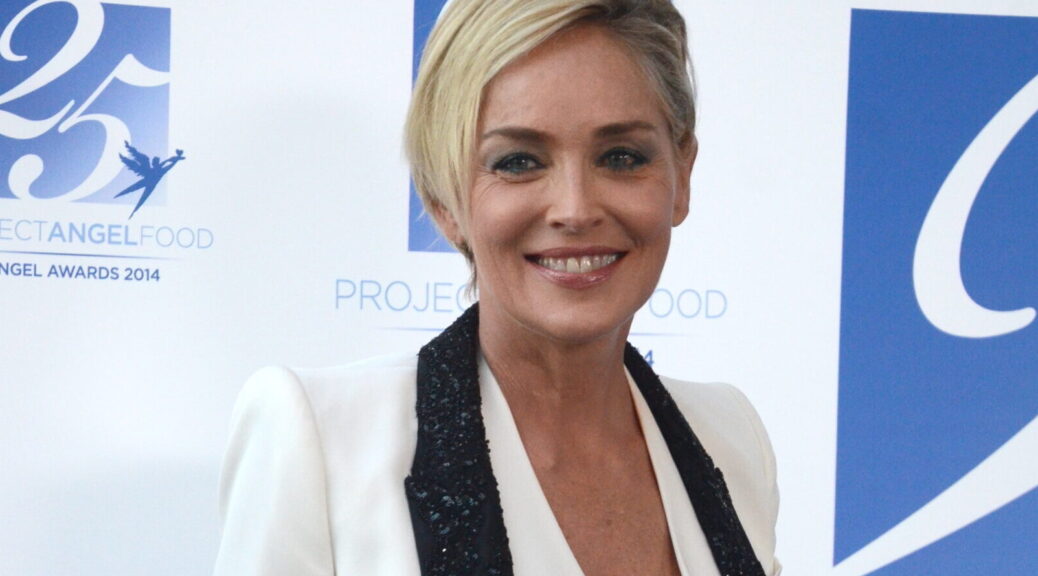
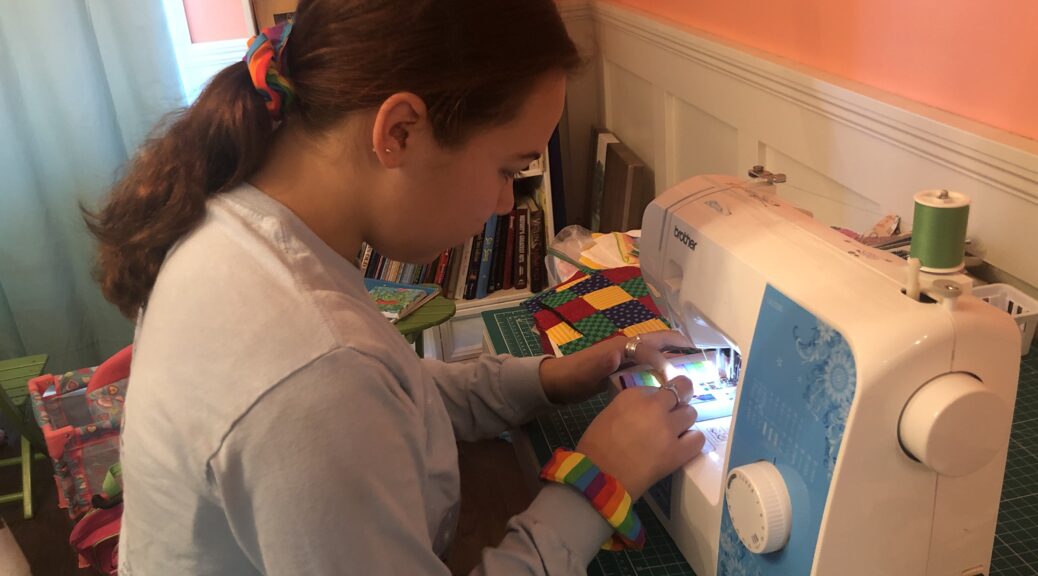
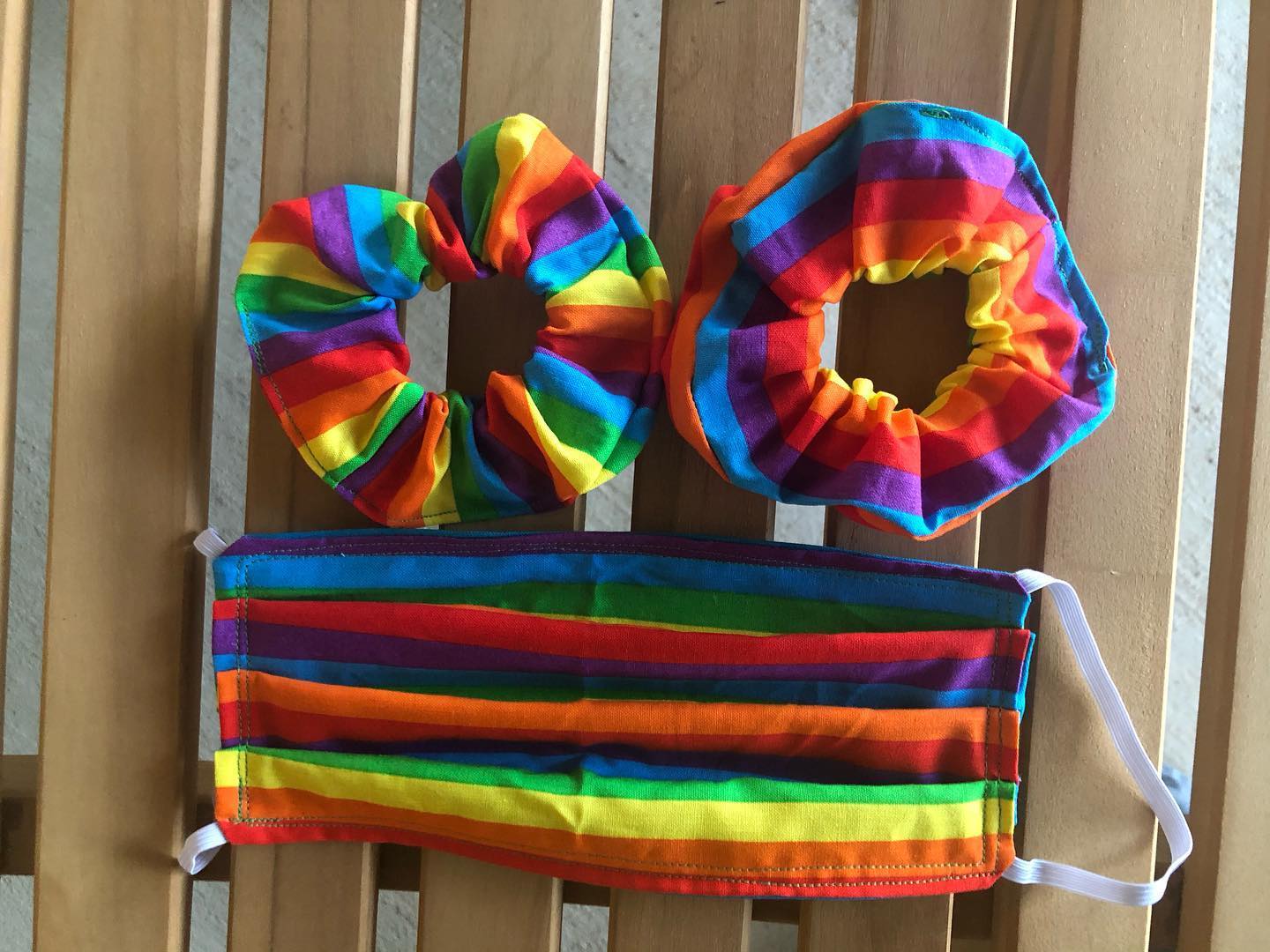

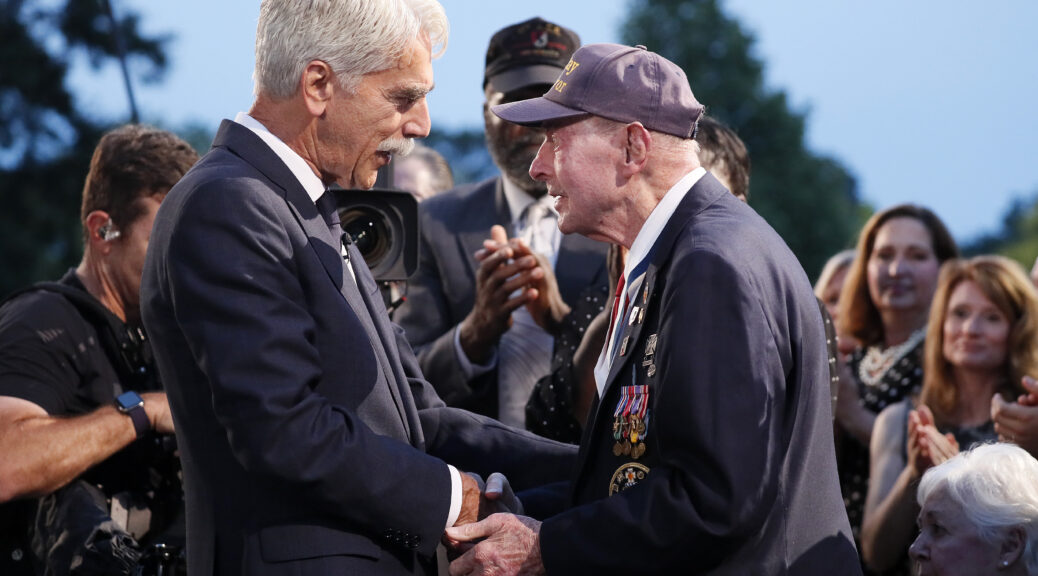

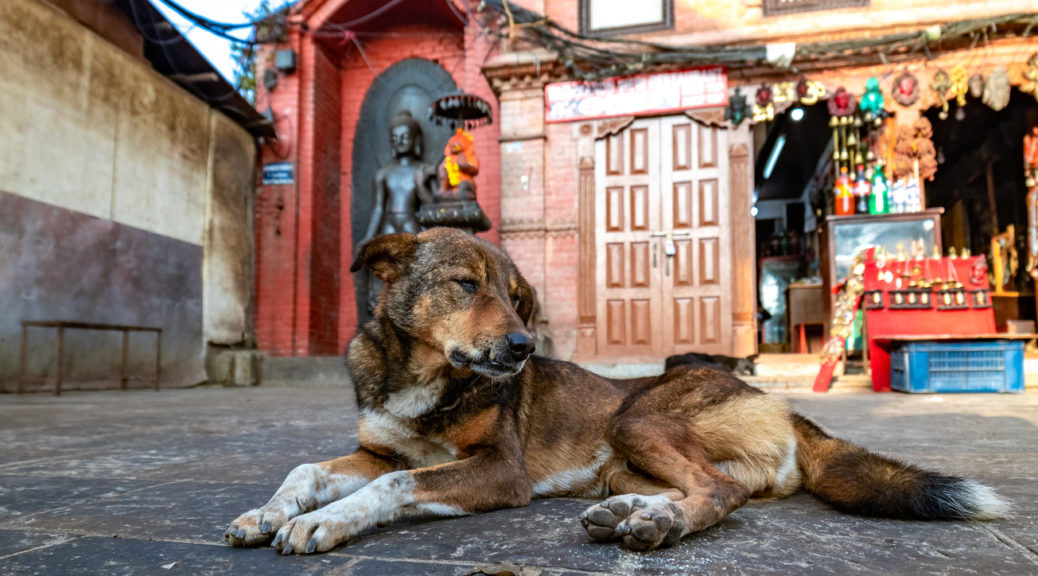
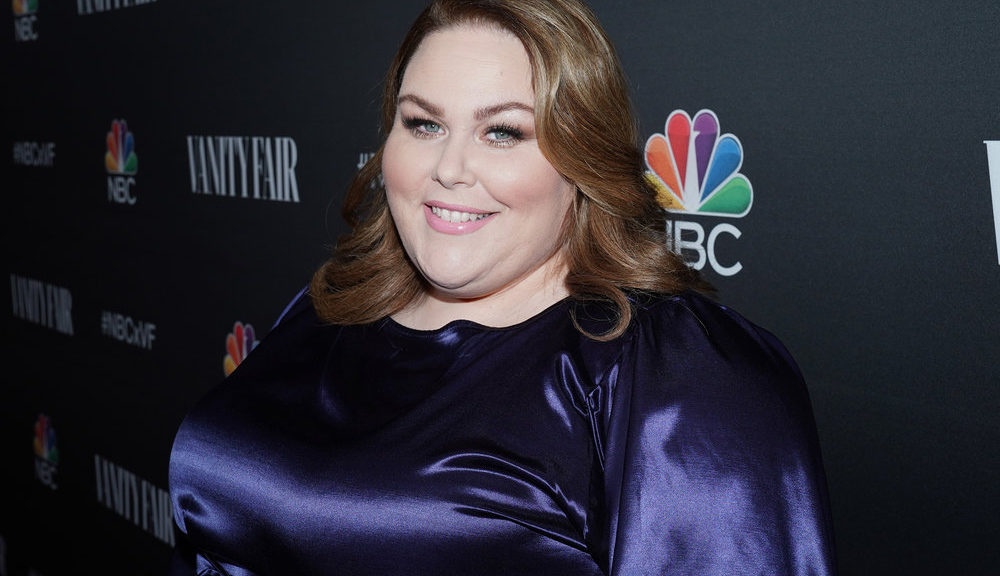
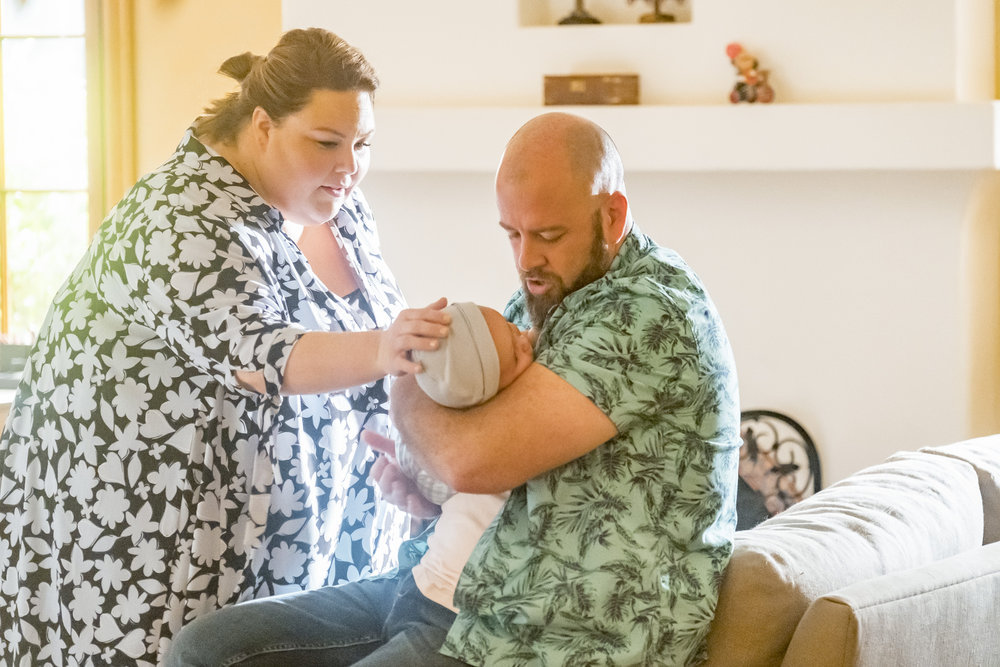
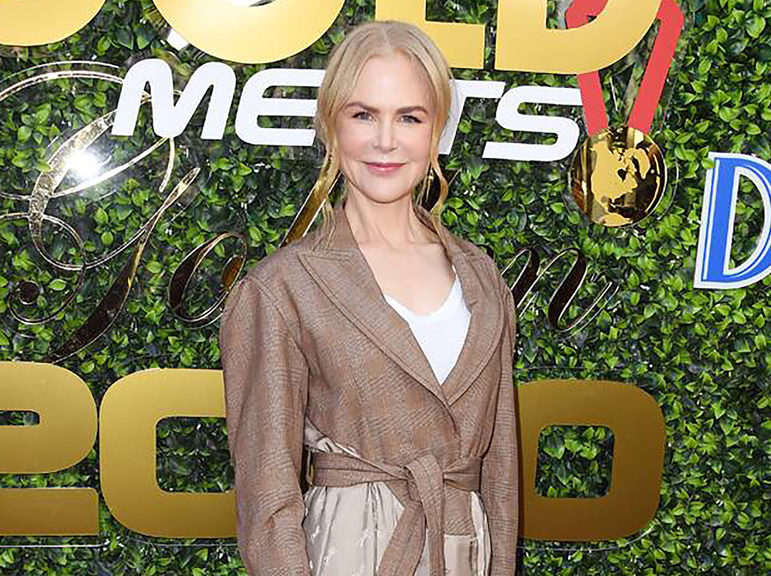
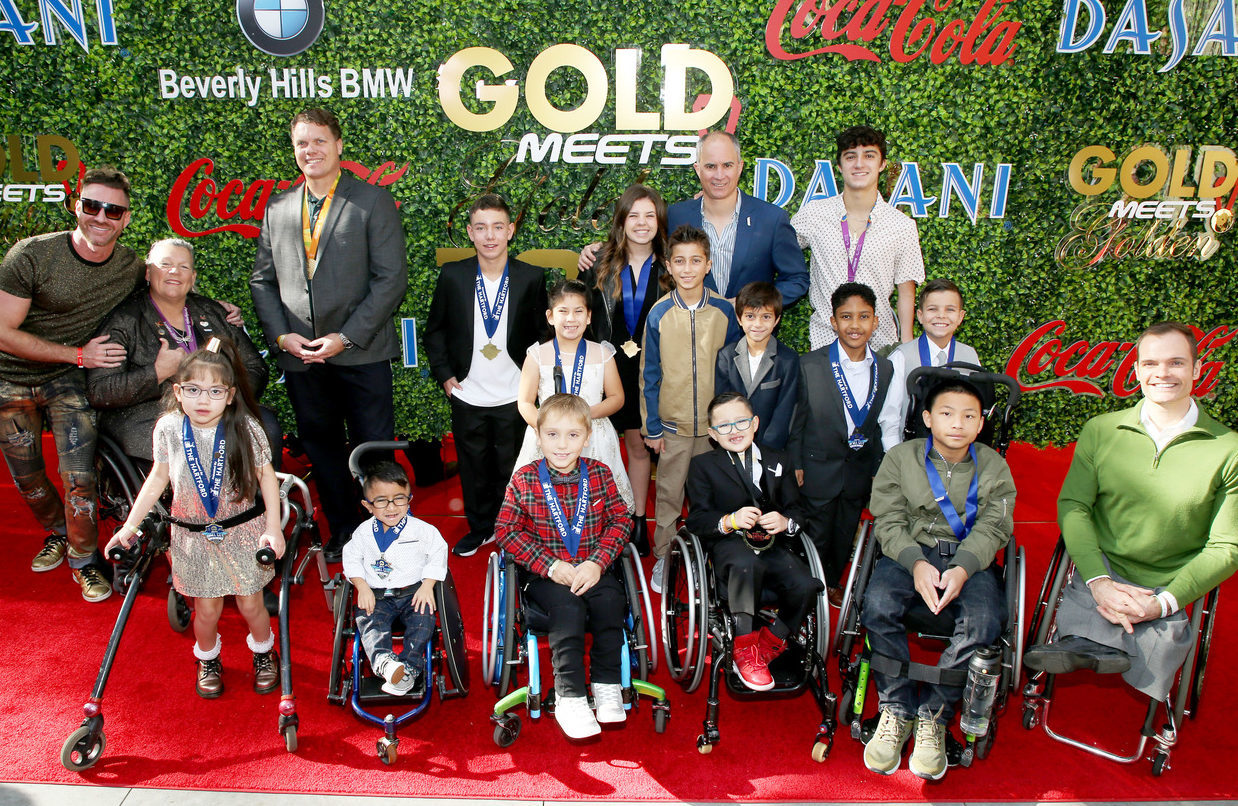


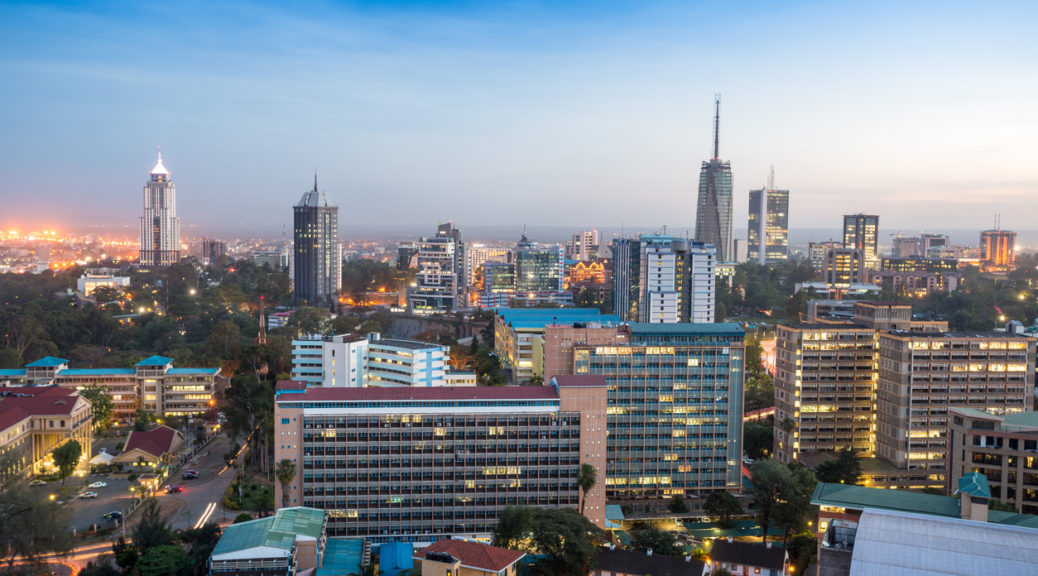
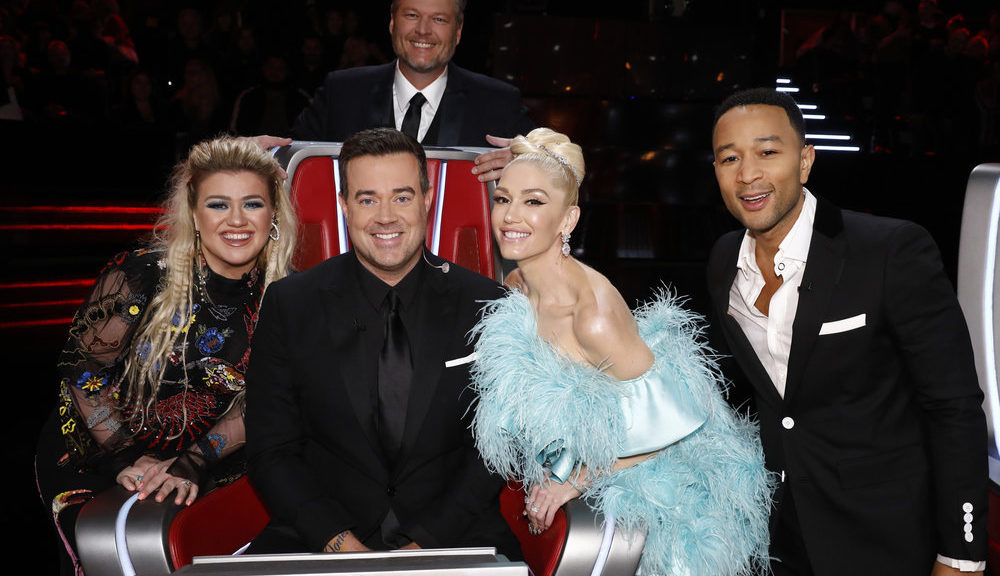
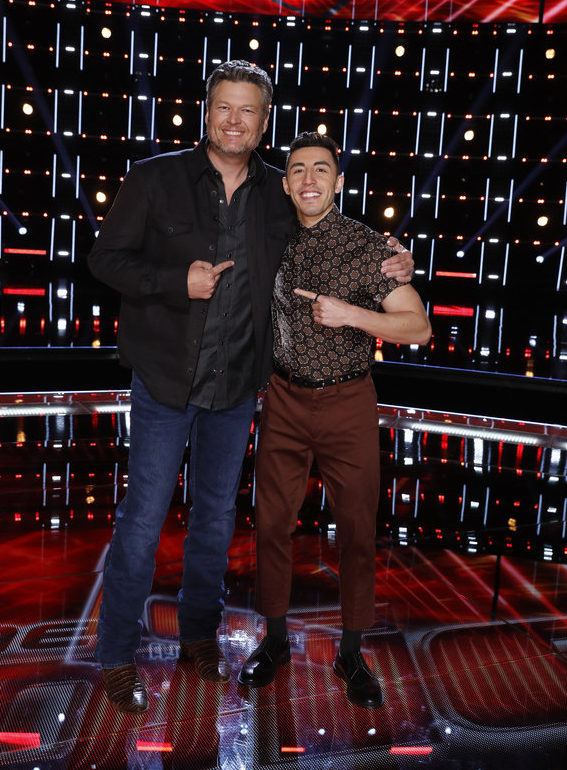 THE VOICE — “Live Semi Final Results” Episode 1719B — Pictured: (l-r) Blake Shelton, Ricky Duran — (Photo by: Trae Patton/NBC)[/caption]
THE VOICE — “Live Semi Final Results” Episode 1719B — Pictured: (l-r) Blake Shelton, Ricky Duran — (Photo by: Trae Patton/NBC)[/caption]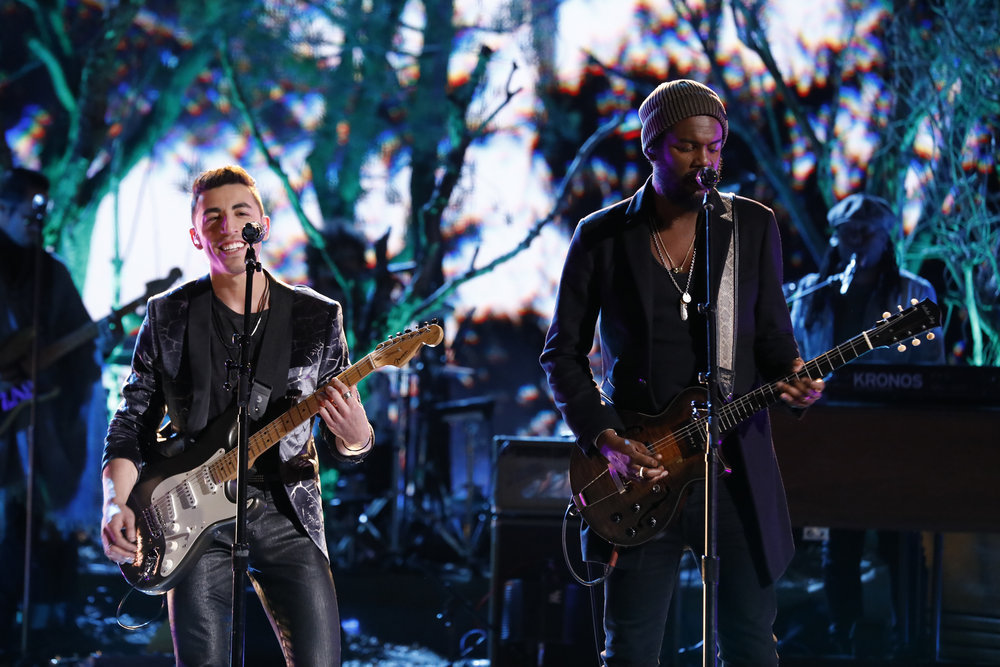 THE VOICE — “Live Finale Results” Episode 1720B — Pictured: (l-r) Ricky Duran, Gary Clark Jr. — (Photo by: Trae Patton/NBC)[/caption]
THE VOICE — “Live Finale Results” Episode 1720B — Pictured: (l-r) Ricky Duran, Gary Clark Jr. — (Photo by: Trae Patton/NBC)[/caption]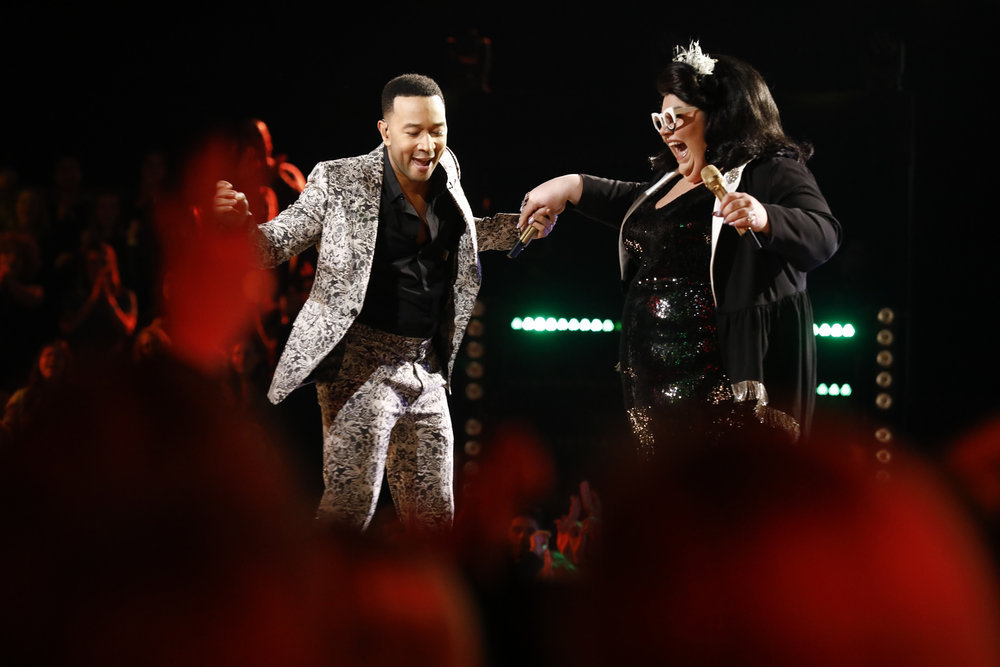 THE VOICE — “Live Finale Performances” Episode 1720A — Pictured: (l-r) John Legend, Katie Kadan — (Photo by: Trae Patton/NBC)[/caption]
THE VOICE — “Live Finale Performances” Episode 1720A — Pictured: (l-r) John Legend, Katie Kadan — (Photo by: Trae Patton/NBC)[/caption]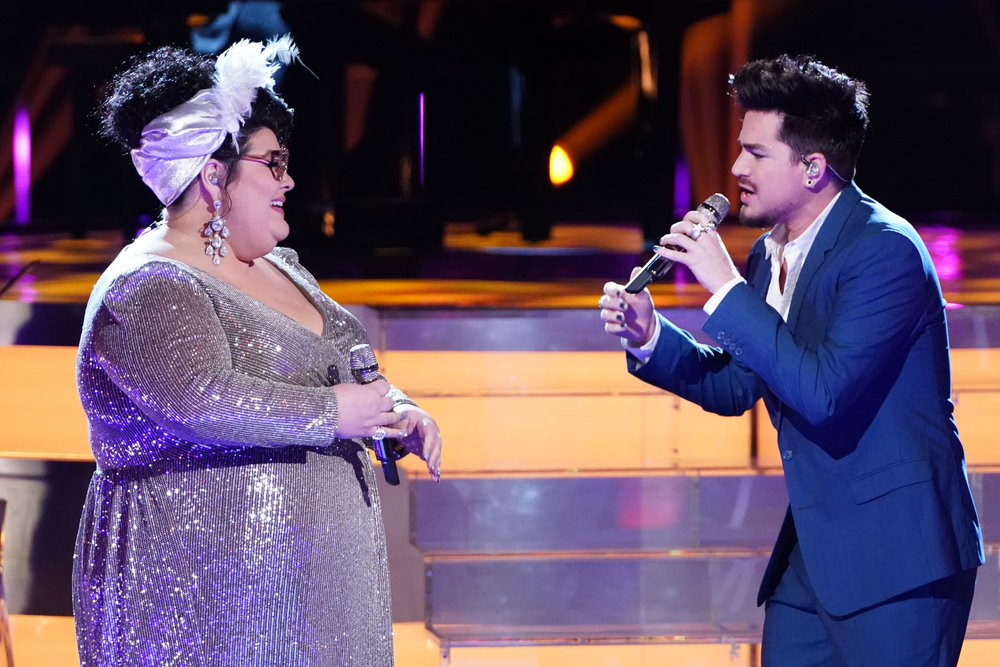 THE VOICE — “Live Finale Results” Episode 1720B — Pictured: (l-r) Katie Kadan, Adam Lambert — (Photo by: Tyler Golden/NBC)[/caption]
THE VOICE — “Live Finale Results” Episode 1720B — Pictured: (l-r) Katie Kadan, Adam Lambert — (Photo by: Tyler Golden/NBC)[/caption]